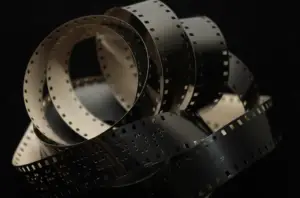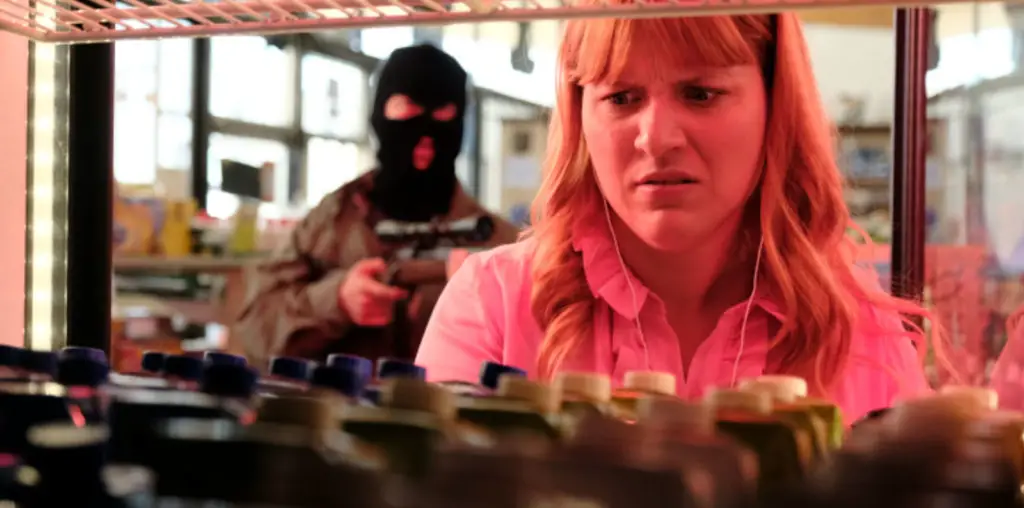
With Gen X and older millennials now taking the reins of the modern filmmaking industry, nostalgia for the 80s and 90s has become a prevalent trend in recent films and TV shows. By tapping into the music, fashion, and aesthetics of the films of their formative years, storytellers have found a new way to connect with audiences seeking a sense of familiarity.
The Allure of the Past
One of the clearest examples of how recent producers have embraced nostalgia is Netflix’s Stranger Things. The show’s creators, The Duffer Brothers, pitched the 1980s-set show as a nostalgic blend of the Stephen King horror and Steven Spielberg classics that dominated the era. The show heavily employed synthesizer-driven soundtracks, bold fashions, and cultural references of the time to transport audiences, and these ingredients contributed to it being a global success.
Other examples of modern IP that have used nostalgia to draw in crowds are the Star Wars and Indiana Jones franchises, both of which were global sensations in the 1980s. The Marvel franchise, too, benefited from an in-built audience of comic fans, leading to one of the most successful cultural phenomena of all time.
It’s not just entertainment designed to appeal to the masses that has leaned into nostalgia. This year’s Oscar-winning film for Best Screenwriting, The Holdovers, was created to replicate the narrative style and aesthetics of Hal Ashby’s 1970s films. The approach covered everything from the setting of the film down to the digital replication of film stock.
Earlier this year, Jane Schoenbrun’s I Saw the TV Glow captivated audiences at the Sundance Film Festival, owing to its depiction of the late 90s and early 2000s media. With clips of the film going viral, screenings at international film festivals quickly sold out, proving the value of nostalgic films to potential audiences.
The Entertainment Industry’s Nostalgic Wave
Nostalgia hasn’t just been embraced by the film industry. Modern pop artists have been experimenting with the sounds of the 80s and 90s, while fashion trends have brought 90s styles back onto the catwalks. Physical media such as vinyl records have made a surprising comeback, and even DVDs and Blu-ray discs have seen a spike in sales despite the growth of online streaming.
Many online gambling platforms, such as those offering Canadian online slots, have embraced classical-themed slot machines that resemble the physical ones popular in the 70s and 80s. Of course, there are also slot adaptations of classic films such as Spinal Tap and Terminator that evoke the aesthetics of these retro classics.
Why Nostalgia Works
Nostalgia taps into viewers’ emotions and personal memories to transport them into a time of comfort. When audiences recognize elements from their past, such as music, fashion, or cultural references, it creates an immediate connection that may elicit feelings of joy, longing, or even bittersweet remembrance.
Many films will utilize these nostalgia-inducing techniques to explore modern themes through a fresh lens. This can also juxtapose modern sensibilities around topics such as equality, diversity and acceptance to embolden the thematic message, or even provide catharsis by framing marginalized people of the era as heroes.


